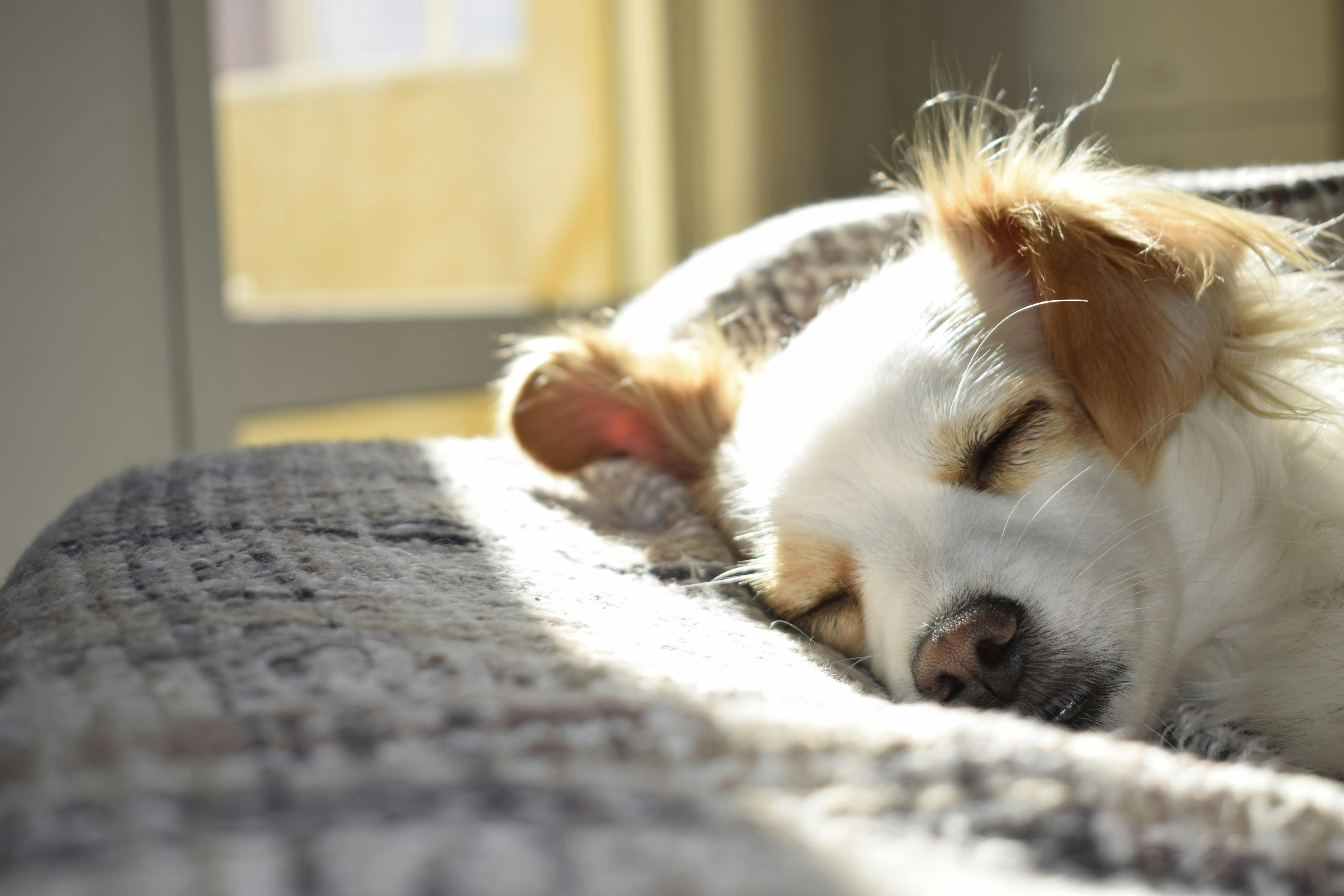Thinking of bringing a new dog into your home, what breed is right for your life?
When you bring a new dog into your family, there are many things to consider when evaluating whether you and the dog will be compatible. Rather than making an emotional decision about the type of dog that will look good in your life, it is worth taking some time to try to determine in advance which dog will fit your lifestyle well.
There are some obvious considerations: do you have young children in the house? … how big is the dog in relation to the living space it can provide? … do you go out to work or are you at home most of the time? weather? … are you active and are you able to pay a lot of attention and exercise to the dog? … are you retired? … sedentary? In addition to the logistics, you should also make an honest assessment of your personality and be aware that if your temperament clashes with the dog’s, there could be problems for both of you.
To take an extreme example, a large, loud, physically imposing former soccer player is unlikely to establish a satisfying bond with an extremely submissive Italian Greyhound. The dog may be too intimidated to do anything other than submissively urinate and shake. The big guy would be better off with a dominant male German Shepherd, a dog that will respond to your lead and not be intimidated by his physical size. Put yourself in the dog’s position and consider how you look. Are you tall, short, mild-mannered, overly affectionate, loud, assertive, meek? Are you impatient? If so, you must ask yourself if you are really up to the challenge of training a dog.
Some breeds absorb training at a slower pace and only respond to a patient and empathetic approach. In contrast, an owner who is used to training Rottweilers, who need a more demanding training technique, will not be successful using the same assertive approach with a Belgian Sheepdog … a breed with a more delicate build. So do your research first. Do an honest assessment of yourself and then consider which dog will be right for you. There are many to choose from.
The sports group: Pointers, setters, spaniels, and retrievers were originally bred to help the hunter find, shoot, and retrieve prey … usually birds, either on land or in water. Some breeds in this group, particularly the pointers, are still primarily hunting dogs, while others, such as spaniels and retrievers, have become hugely popular in recent years and are more successful as companion dogs and household pets.
Sporting dogs have great energy, stamina, and determination. They are unlikely to do well in an apartment. Their energy level requires large amounts of regular exercise, and ideally, they thrive best when they have a job or sport to focus on and direct their energy. Their excellent sense of smell can be distracting for them and can make obedience training difficult. Hunting is the most natural job for them, so field work in the water or reclaiming the land puts them in their element. These dogs can excel at agility and flyball sports and should be owned by active people who enjoy a busy dog. Neither of these breeds will be addicted to television.
The group of hounds: The Hound Group includes both hounds and hounds. Bloodhounds like the Bloodhound and Beagle track their prey using their sense of smell. They are high-energy dogs and can be super determined, determined, and motivated, searching for a scent, which can make obedience training challenging.
Bloodhounds, such as the Greyhound, Whippet, Scottish Deerhound, Russian Borzoi, and Saluki, visually detect their prey and then chase after them. They are agile, slow to learn, and somewhat aloof with strangers. As a side note: hunting dogs are more sensitive to anesthesia than other breeds.
The working group: Breeds in the Task Force include Mastiff Types, Pack Guardians, Rescue Dogs such as Saint Bernards, Northern Breeds, and Sled Dogs … This includes Huskies, Samoyeds, Rottweilers , great pyrenees and malamutes. Most working breeds are large, dominant, strong dogs with courage and endurance. Most are very territorial and require a confident owner with great leadership skills.
The Terrier group: The breeds of the Terrier group are robust, courageous and motivated dogs, originally bred to hunt rodents and other burrowing mammals. They include Fox Terrier, Schnauzers, Airedales, West Highland, Jack Russell, Kerry Blue, and many more. They are very independent and have a great prey drive. Although capable of great stubbornness, terriers can make loving companions and good house pets.
The toy groupDogs in this group include Shih Tzus, Yorkies, Pugs, and Poodles, and many were originally larger and heavier than they are today. Toy breeds have been deliberately reduced in size over generations to achieve their current diminutive stature as a convenience for pet owners looking for low-maintenance companion dogs and lap dogs. Some are only 4 inches tall at the shoulder and weigh only 2 or 3 pounds. Although delicate, they tend to be long-lived and very often spoil halfway through death. Many toys are challenging for troublemakers and can be picky eaters.
The herding group: Many people believe that the herding group contains the most intelligent breeds. Border Collies, English Shepherds, German Shepherds, Shelties, Collies, Corgis, Australian Shepherds … these mostly medium-sized, athletic dogs have served for thousands of years as shepherds of sheep, cattle, and other domestic animals. They are often the stars of the dog sports arena, excelling in agility, flyball, and obedience trials. They are also admirable pets and highly obedient dogs.
